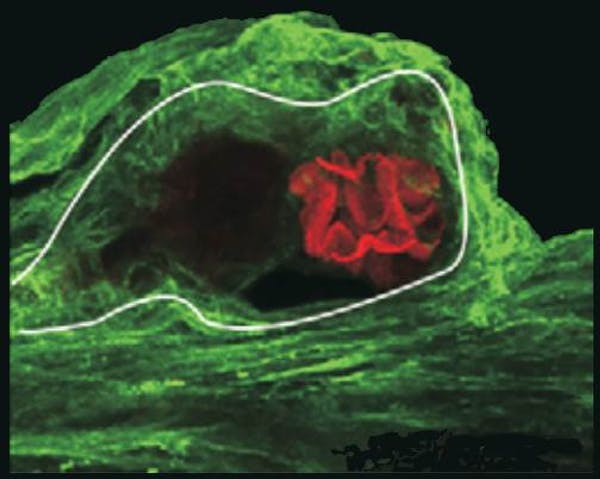The search for photoreceptors not in the eyes
Generally, determining a prospective extraocular photoreceptor implies looking for the healthy proteins that could spot light, the opsins. The introduction of affordable and effective molecular hereditary innovations has made the look for opsins a home market in labs around the world.
Cells which contain opsins are most likely energetic photoreceptors, however scientists utilize physical or behavior examinations to verify this. For instance, they could look for electric modifications or appearance for a modification in an animal's task when they subject the cell to light.
The photoreceptors researchers have discovered past the eyes are many typically situated in the main nerve system. Nearly all pets have a number of enters the mind and frequently in the nerves also.
The skin is where we see many various other light receptors, especially in energetic color-changing cells or skin body organs called chromatophores. These are the black, brownish or brilliantly tinted areas showed off by numerous fish, crabs or frogs. They get to their greatest advancement in the cephalopods: octopus, squid and cuttlefish. Pets proactively manage their shade or pattern for a number of factors, usually for camouflage (to suit the shade and pattern of the history) or to create brilliant, popular indicates for aggression or drawing in a companion. Bandar Judi bola Online Terlengkap Dan Terpercaya

Remarkably, there's a 2nd course of light-sensitive particles besides the opsins, never ever utilized for vision (as much as we understand). They appear in some anxious frameworks, such as the minds or antennae of some bugs and also in bird retinas. These are the cryptochromes, well-named since their works and techniques of activity are still badly comprehended. Cryptochromes were initially found in plants, where they manage development and yearly reproductive modifications.
Since we understand that these photoreceptors could be discovered throughout animals' bodies, what on the planet are they really doing? Certainly, their work depends partially on their place.
Typically, they control light-mediated habits that exists listed below the degree of awareness which does not need having actually an incredibly accurate understanding of a light source's place precede or time. Common works consist of the timing of everyday cycles of awareness, rest and wake, state of mind, body temperature level and various various other interior cycles that are synchronized to the modifications of night and day.
Organic clocks that preserve routine physical cycles – and trigger the pains of jet lag – almost constantly are regulated by these photoreceptors. These detectors are likewise essential for the opening up and shutting of the eye's student to assist adapt to differing light degrees. Skin photoreceptors such as those in fish or octopus frequently manage shade and pattern variants.


